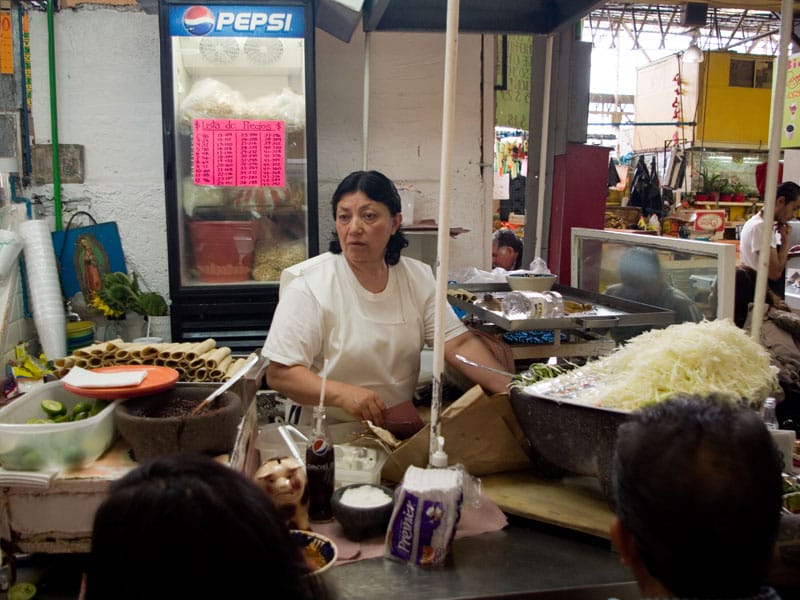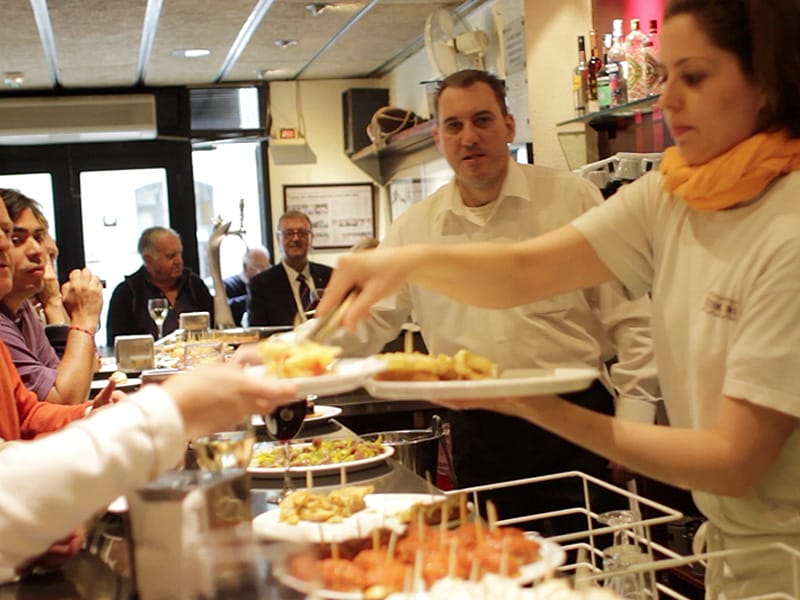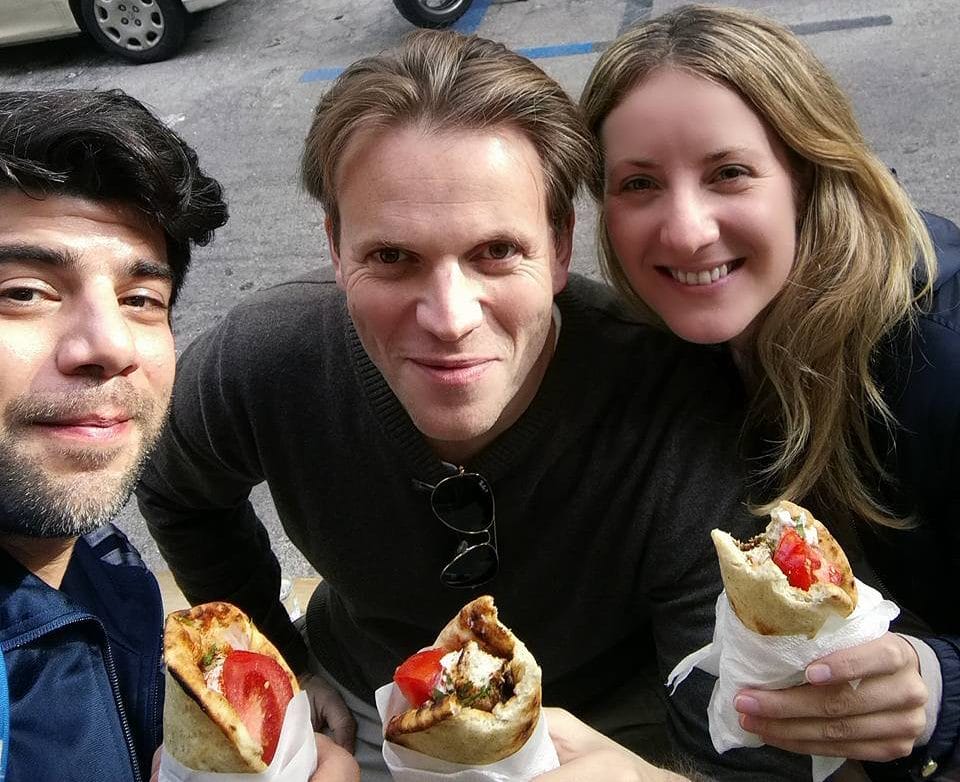Update: Tacos Don Alex is sadly no longer open.
Editor’s note: This feature by CB’s Mexico City correspondent Ben Herrera takes a look at Mexican fondas, inspired by his own experience growing up in one of these family-run neighborhood restaurants.
For as long as I can remember, I have loved mornings, a preference that likely – perhaps counterintuitively – originates from my experience working bright and early at my parents’ fonda. Almost every day, we would arrive around 7 a.m. to prepare the day’s menu, slicing vegetables for salsas, putting together moles, boiling chicken and arranging everything necessary for the daily rush of customers. The warmth and aromas rising from the large clay pots filled the air and never failed to make my mouth water. It was a scene that had been repeating itself since my grandfather bought our fonda back in the early 1960s.
A fonda in Mexico usually refers to a small, family-run restaurant where the owners do basically everything, from cleaning and shopping for ingredients to cooking the food. There may be a small staff of waiters, but typically there are only two or three people running the place at any given time. In Mexico City, fondas are as prolific as street food stands, though they are usually in a permanent location inside a building or market instead of being an on-the-fly operation. Unlike street food stands, however, most fondas are only open for breakfast and lunch, the main meal of the day in Mexico.
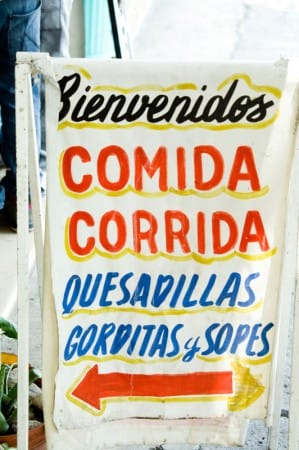 Fondas serve comida corrida, roughly translated as “running food,” during lunchtime (typically between noon and 3:00 p.m.) and provide a filling meal at a very low price – usually three or four courses for about 50 pesos. The first course is often a bowl of soup featuring pasta, vegetables or just broth, served alongside a plate of rice and fresh, warm tortillas; a fried egg or banana slices can be added to the rice for an extra charge. The guisado, or main course, is most commonly a choice of chicken, beef or pork, with warm tortillas and frijoles refritos (refried beans) provided as sides. When the meat is paired with salsa, it usually comes bone-in, and when pounded into a thin steak called milanesa, it is usually served with avocado, tomato, lettuce and limes. The guisado is the dish that changes most frequently, from week to week or even day to day. At my parents’ fonda, the guisado was rotated so often that the same main course would not be served again for several weeks, allowing diners to mix things up a bit (and saving the cooks from having to make the same thing all the time).
Fondas serve comida corrida, roughly translated as “running food,” during lunchtime (typically between noon and 3:00 p.m.) and provide a filling meal at a very low price – usually three or four courses for about 50 pesos. The first course is often a bowl of soup featuring pasta, vegetables or just broth, served alongside a plate of rice and fresh, warm tortillas; a fried egg or banana slices can be added to the rice for an extra charge. The guisado, or main course, is most commonly a choice of chicken, beef or pork, with warm tortillas and frijoles refritos (refried beans) provided as sides. When the meat is paired with salsa, it usually comes bone-in, and when pounded into a thin steak called milanesa, it is usually served with avocado, tomato, lettuce and limes. The guisado is the dish that changes most frequently, from week to week or even day to day. At my parents’ fonda, the guisado was rotated so often that the same main course would not be served again for several weeks, allowing diners to mix things up a bit (and saving the cooks from having to make the same thing all the time).
The dessert course tends to be small, ranging from a bowl of rice pudding to flan or a tuna, a prickly pear cactus fruit with a texture and flavor similar to that of watermelon. The entire meal is washed down with either rice-based horchata or a large pitcher of agua fresca made with fresh fruit and cane sugar. With so much food to be had for such a good price, fondas are flooded at comida time with office and blue-collar workers, and for a few hours it seems as if everyone in the city is eating at the same time.
Running a fonda is a daily exercise in patience, stamina and old-fashioned hard work. Even with so many customers, owning one of these restaurants is not especially lucrative; with several fondas often found on each block, there is stiff competition. Fondas must thus do what they can to stand out, whether by making a special dish not served anywhere else in the area or by reducing profit margins and offering more food at lower prices. Most fondas also tend to diversify beyond breakfast and comida corrida, offering light fare such as quesadillas and sopes (corn patties with toppings).
With all the headaches and effort involved, and relatively little compensation, how do so many fondas owners keep going day after day? The answer is simple: a love of cooking and food and a desire to share that love with customers. Though as a child, I hated having to work in my parents’ fonda, it was truly where my love for food was born, and I realize now that my parents felt that way, too. Fondas are not just a place to eat affordable meals; they are about families cooking together, and sharing this with every customer who walks through the door. Although my parents have retired from the business, I still love the feeling of comfort and familiarity that permeates fondas. It’s a bit like coming home.
Here are some of my favorite fondas in Mexico City:
Tacos Don Alex
Formerly a taquería (the new owners never changed the name after they took over), Tacos Don Alex is a family-run business where you get personal attention from the owner as well as handmade tortillas – always a plus in any food joint in Mexico.
Fonda Santa Rita
Located just a few blocks from the oldest park in the Americas, Fonda Santa Rita offers downtown workers more than just comida corrida. The venue specializes in huaraches, long, oval-shaped corn paddies topped with frijoles refritos and meat. I recommend the carnitas or bistec (beef) toppings.
Merendero Las Lupitas
Open for over 50 years in the heart of Coyoacán, this fonda offers northern Mexican food. Doña Evita, the owner, receives customers with a smile and a warm welcome, and the food is prepared by a staff that has been loyal to her for years.
Fonda Doña Chela
Located right in the middle of Mercado de la Paz, this is a wonderful eatery in the picturesque neighborhood of Tlalpan in the south of Mexico City. Occupying several stands in the market, Fonda Doña Chela sells much more than comida corrida; quesadillas, sopes, moles, tortas and even smoothies and fruit or vegetable juices are all available.
 July 31, 2013 Taktika Berri
July 31, 2013 Taktika Berri
When Julián Fernández and Carmen Erdocia moved to Barcelona in 1996, they bought an old […] Posted in Barcelona December 1, 2016 The Best Souvlaki in Athens
December 1, 2016 The Best Souvlaki in Athens
Those in search of the best souvlaki Athens has to offer will not leave-empty handed on […] Posted in Athens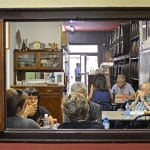 August 23, 2019 Bar Code
August 23, 2019 Bar Code
Wooden wine barrels with taps, shabby old furniture, noisy antiquated fridges, soda […] Posted in Barcelona
Published on January 25, 2013
Related stories
July 31, 2013
Barcelona | By Hollis Duncan
BarcelonaWhen Julián Fernández and Carmen Erdocia moved to Barcelona in 1996, they bought an old fútbol salon in the Eixample that was named Táctica, or “tactics,” in a reference to Spanish football. Julián and Carmen began serving pintxos such as tortilla de bacalao (Spanish omelet with codfish) to hungry futboleros. Eventually, the venue became so…
December 1, 2016
AthensThose in search of the best souvlaki Athens has to offer will not leave-empty handed on our culinary walks in the city.
Join us for a walk along Barcelona’s urban wine route!
August 23, 2019
BarcelonaWooden wine barrels with taps, shabby old furniture, noisy antiquated fridges, soda siphons from the 1960s… these are the building blocks of Barcelona’s classic bodegas. Formerly shops that sold bulk wine, liquor and ice, these bodegas survived the Spanish Civil War, social conflicts, food shortages, financial crises and, of course, modernity, with their essence intact,…







































